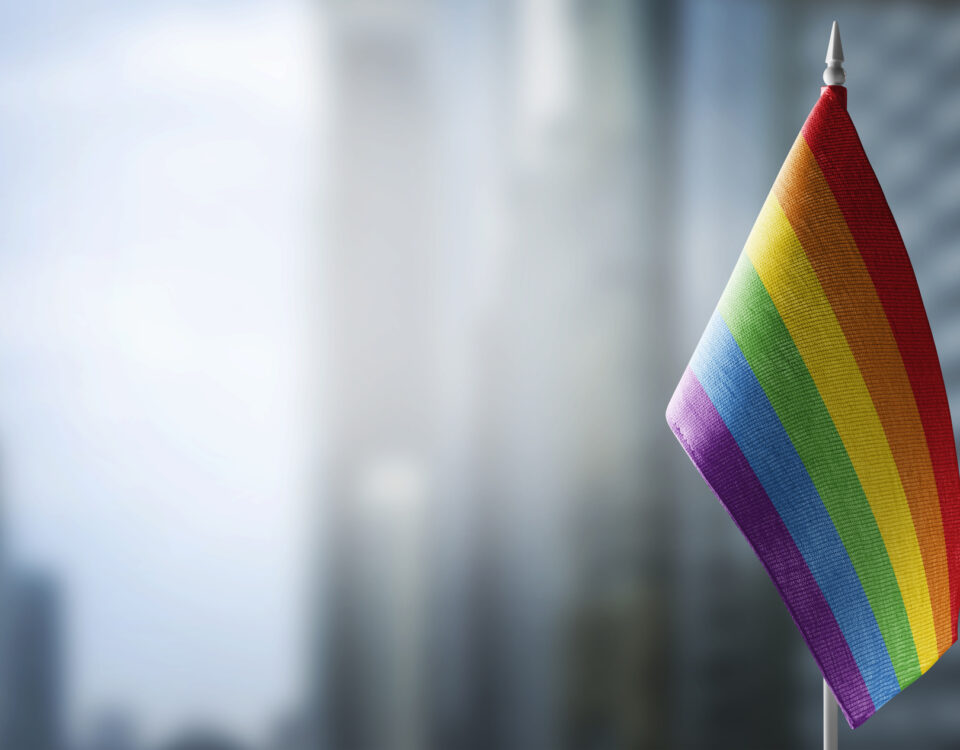
10 Examples of Workplace Retaliation
June 4, 2024
10 Signs of Age Discrimination in the Workplace
June 4, 2024Nobody should be treated differently because of their sexual orientation or gender identity, and yet there are numerous examples of LGBTQIA+ workplace discrimination that show it happens all too often.
To be clear, this is a form of sex discrimination. And it is illegal.
Understanding Title VII and Sex Discrimination
Title VII of the Civil Rights Act of 1964 is a landmark federal law that prohibits workplace discrimination on the basis of race, color, religion, sex, or national origin. Over the years, courts and interpretations have evolved, and it is now recognized that discrimination on the basis of sex includes sexual orientation and gender identity.
As such, Title VII provides protection against LGBTQIA+ workplace discrimination.
Examples of LGBTQIA+ Workplace Discrimination
Here are just a few examples of unlawful workplace discrimination based on sexual orientation and/or gender identity:
Harassment Based on Sexual Orientation
Example: An employee faces persistent derogatory comments and slurs from colleagues due to their sexual orientation, creating a hostile work environment.
Unequal Treatment in Promotion Opportunities
Example: A qualified LGBTQIA+ employee consistently gets passed over for promotions in favor of less-qualified colleagues solely based on their sexual orientation or gender identity.
Denial of Benefits for Same-Sex Couples
Example: An employer provides benefits to opposite-sex couples but denies the same benefits to same-sex couples, discriminating against LGBTQIA+ employees and their partners.
Gender Identity Discrimination
Example: A transgender employee faces discrimination and microaggressions, including intentional misgendering, when colleagues and supervisors refuse to acknowledge their gender identity.
Retaliation for LGBTQIA+ Advocacy
Example: An employee who advocates for LGBTQIA+ inclusion faces retaliation, such as exclusion from important meetings or unwarranted disciplinary actions, in response to their advocacy.
Unequal Dress Code Enforcement
Example: An employer enforces a strict dress code more strictly for LGBTQIA+ employees, particularly those whose gender expression does not align with traditional norms.
Invasive Questions and Curiosity
Example: Colleagues consistently ask intrusive and inappropriate questions about an employee’s sexual orientation or gender identity, creating an uncomfortable and discriminatory atmosphere.
This is not an all-inclusive list of LBGTQIA+ Workplace Discrimination examples. Click here to read Examples of Court Decisions Supporting Coverage of LGBTQIA+ Related Discrimination Under Title VII.
What to Do If You’re Experiencing or Suspect Workplace Discrimination
As with any type of workplace discrimination, you do not have to tolerate LGBTQIA+ discrimination. You have rights, and there are steps you can take to protect those rights.
Here’s what to do if you’re experiencing or suspect LGBTQIA+ workplace discrimination:
1. Document Everything
Keep detailed records of incidents, including dates, times, locations, individuals involved, and descriptions of what transpired. This documentation is crucial for establishing a pattern of discrimination. Use the ToProovIt® app to easily document incidents.
2. Understand Your Rights
Familiarize yourself with Title VII protections against LGBTQIA+ discrimination. Know that you have the right to a workplace free from discrimination based on sexual orientation and/or gender identity.
3. Review Company Policies
Understand your company’s policies on discrimination and harassment. Get clear on the established procedures for reporting workplace issues, and then follow the appropriate channels.
4. Speak to HR or Management
Report your concerns to the human resources department or a trusted supervisor. Provide your documented evidence of discrimination and request a meeting to discuss the issue.
5. Educate Your Employer
If your employer seems unaware of Title VII and state law protections, provide them with information on the law and its implications for LGBTQIA+ employees.
6. Connect with LGBTQIA+ Support Networks
Seek support from LGBTQIA+ employee resource groups within your organization if available or find external LGBTQIA+ organizations that can provide guidance and assistance.
7. Seek Legal Advice
Consult with an attorney experienced in employment law, particularly with expertise in LGBTQIA+ workplace discrimination. They can guide you on the best course of action to protect your rights and well-being.
Click here if you wish to contact our experienced and caring legal team now.
8. Maintain Professionalism
Despite the challenges, remain professional in your conduct. Continue to perform your job responsibilities diligently while addressing the issue through proper channels.
By recognizing LGBTQIA+ workplace discrimination and then taking proactive steps to stop it, you can help create a work environment that values diversity, inclusion, and respect for all employees, regardless of their sexual orientation or gender identity.




